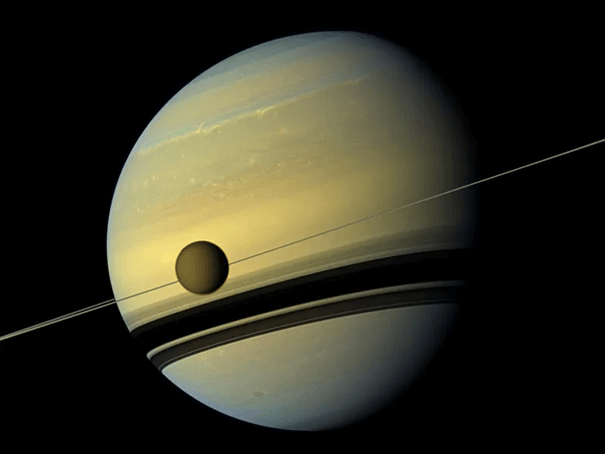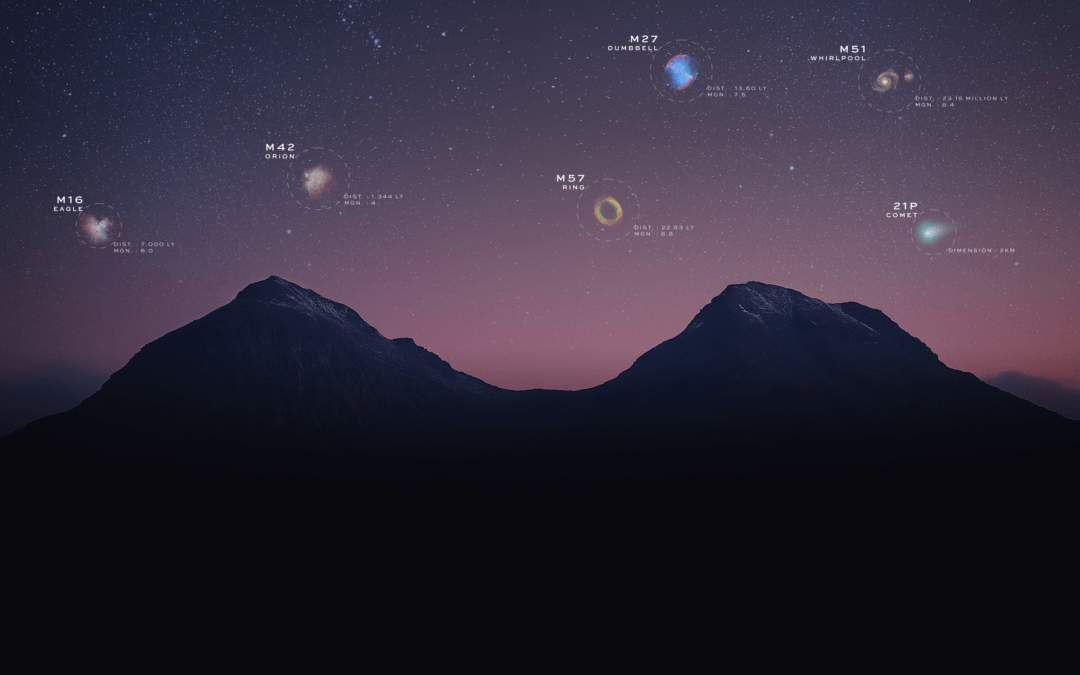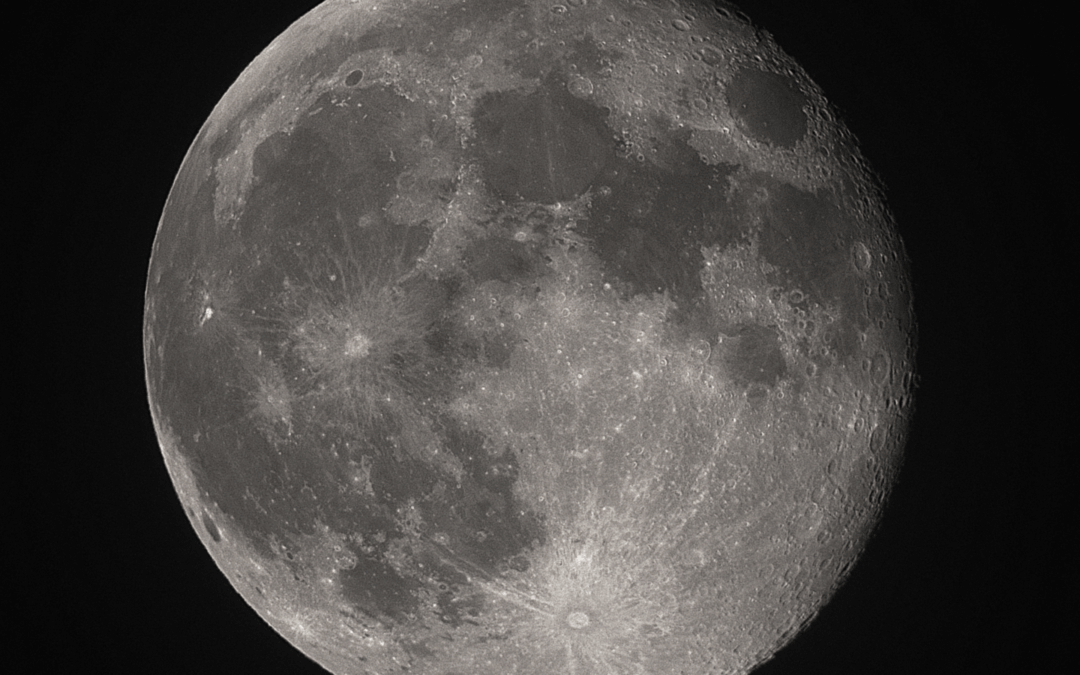A Unistellar Citizen Astronomer is a coauthor of a new paper on the asteroid 3200 Phaethon, to be published in the Publications of the Astronomical Society of Japan. Tateki Goto earned the honor for his eVscope observations of the asteroid last year as it occulted, or passed in front of, a distant star. The data gathered by Goto and others will play an important role in the upcoming DESTINY+ mission to fly by and sample dust from Phaethon. Researchers with the Japan Aerospace Exploration Agency (JAXA) mission now have the data to better understand the size, shape and orbit of their spacecraft’s target.
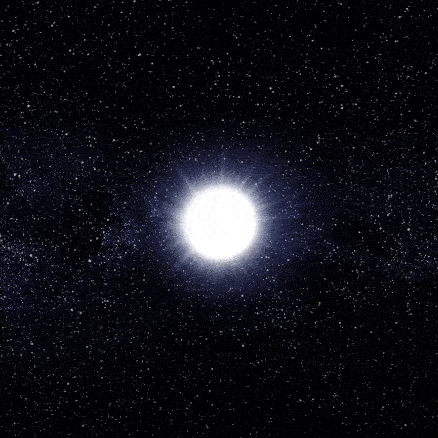
Phaethon is a large asteroid considered to be potentially hazardous because its orbit takes it close to Earth. It is surrounded by a number of smaller bodies, prompting speculation that it may be the remnant of a comet or even breaking up due to the Sun’s heat. The asteroid is also the source of the yearly Geminid meteor shower, which happens in mid-December for the Northern Hemisphere.
The DESTINY+ mission will fly by Phaethon in 2028 to image the asteroid and collect samples from the thin cloud of dust that surrounds it. That dust will give us insight into the composition of other bodies in our solar system, and could even reveal more about how life began on Earth. But before DESTINY+ launches, astronomers need to be sure they understand their target well – so they enlisted some help!
Unistellar Ambassador Tateki Goto was one of 72 astronomers, both professional and amateur, who observed the occultation of Phaethon on October 3, 2021 in order to support the mission. Observers from western Japan to South Korea pointed their telescopes upward to watch the asteroid pass in front of a star, dimming its light and revealing valuable information about the asteroid itself. Goto is a seasoned observer, and he has found distant planets transiting their suns, speeding comets, and more with his Unistellar Telescope. But this was the first time he’d ever seen an asteroid occultation.
“I was planning to travel to Wakayama Prefecture, where the occultation could be observed, to observe the asteroid with a local acquaintance just for fun,” Goto says. “Coincidentally, it happened to be where the DESTINY+ occultation observation team was also gathering. I was very excited when I received a positive analysis from the Unistellar Science Team the day after I sent the data in.”
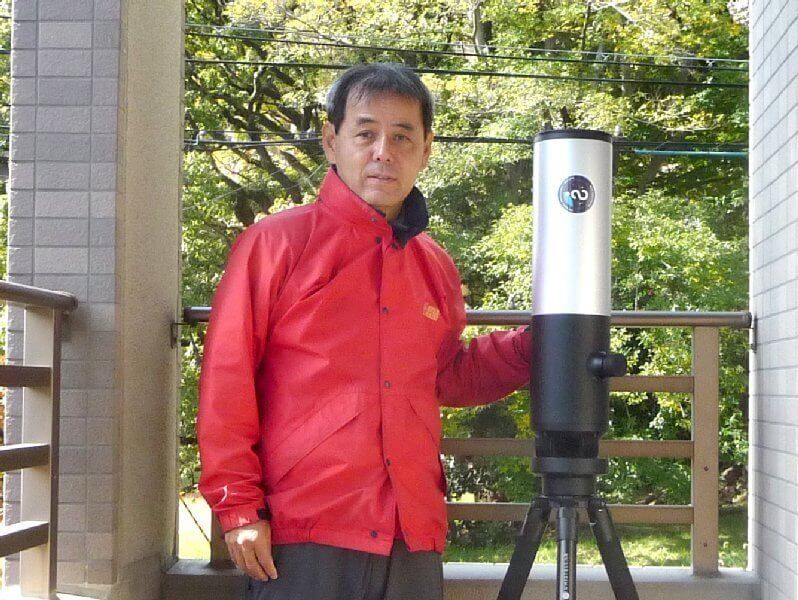
Seventeen other observers were also able to capture the occultation, and the resulting data was compiled in the recent paper with the observers listed as coauthors. Thanks to the new data, astronomers can now be confident that Phaethon’s projected shape was well approximated by an ellipse of 6.12 by 4.14 km, give or take only 70 meters! This information will likely enable scientists to make a 3D model of the asteroid and help the DESTINY+ team prepare for their mission.
There are more opportunities for Citizen Astronomy coming up! To observe asteroid occultations and gather data for scientific missions, check out Unistellar’s asteroid occultation missions page to see if any will be visible soon near you.
Further readings
Titan’s shadows
Every month, discover three unmissable celestial events to observe with your Unistellar telescope.
3 Reasons to observe this month
Every month, discover three unmissable celestial events to observe with your Unistellar telescope.
Observing Eclipses on Jupiter: Cosmic Spectacles Through a Telescope
The latest Unistellar App Update, version V3.0, is now live. Explore a smooth stargazing experience !
Unistellar Community Included In Multiple Scientific Papers
Did you know Unistellar Citizen Astronomers are often cited in published scientific papers? Find out how you can contribute too!
What Are the Names of All the Full Moons in 2024?
Discover the enchanting names of the full moons in 2024. Delve into the unique character of each lunar spectacle and embrace the allure of the night sky.
New Unistellar App Update: Version 3.0
The latest Unistellar App Update, version V3.0, is now live. Explore a smooth stargazing experience !

